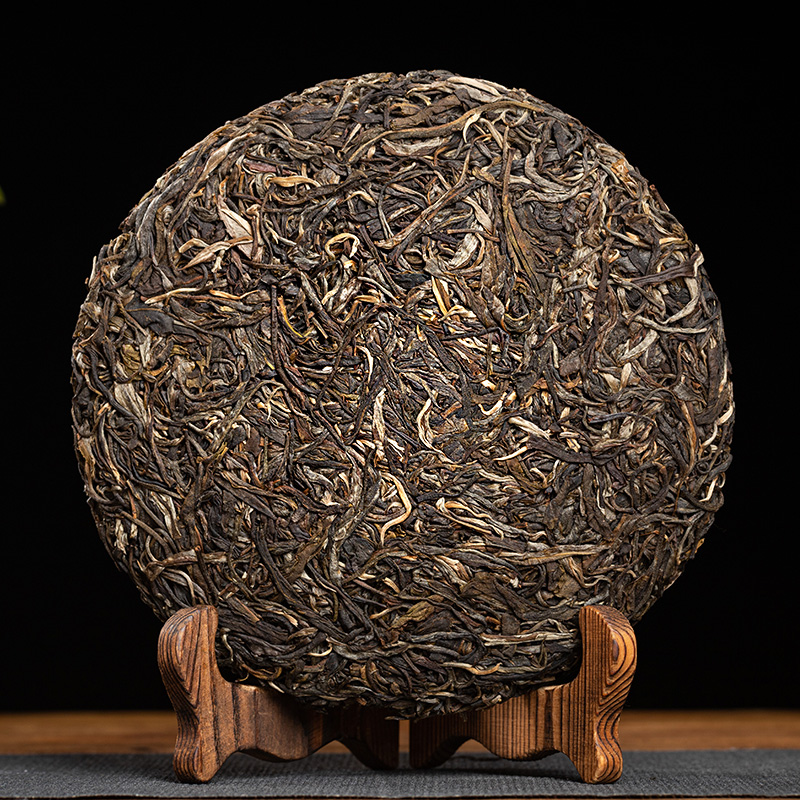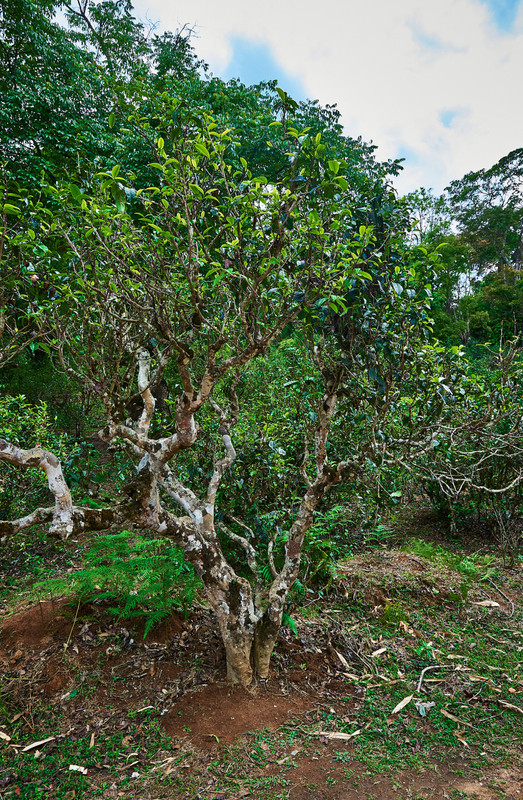Pu-erh, a post-fermented dark tea hailing from China’s Yunnan Province, transcends its status as a mere beverage. With a history spanning over 1,700 years, it has evolved into a multifaceted economic driver, influencing global markets, rural livelihoods, and cultural heritage. Its unique aging potential, health attributes, and regional exclusivity make it a cornerstone of China’s tea economy.

1. Global Market Dominance & Premium Pricing
Pu-erh’s global appeal is rooted in its rarity and complexity. In 2023, China’s Pu-erh exports exceeded $1.2 billion, with demand surging in Southeast Asia, Europe, and North America. Aged raw (sheng) Pu-erh cakes from renowned regions like Laobianzhang or Bingdao fetch astronomical prices at auctions—a 500-gram cake of vintage tea can sell for tens of thousands of dollars. This premium pricing is driven by factors like mountain-grown “gushu” (ancient tree) leaves, artisanal processing, and decades of aging, creating a thriving collector’s market.
2. Health-Driven Consumption & Wellness Trends
Scientific research into Pu-erh’s microbial fermentation process has spotlighted its health benefits, including probiotic content, antioxidant activity, and potential cholesterol-lowering effects. This aligns with global wellness trends, positioning Pu-erh as a functional beverage. Wellness brands now incorporate Pu-erh extracts into supplements, skincare, and digestive health products, expanding its economic reach beyond traditional tea consumption.
3. Cultural Tourism & Heritage Preservation
Yunnan’s “Ancient Tea Horse Road” and Pu-erh-producing regions like Xishuangbanna and Pu’er City have become cultural tourism hotspots. Visitors engage in tea ceremonies, explore historic tea plantations, and trace the route of the ancient tea trade. In 2022, tea tourism in Yunnan generated over $3 billion, revitalizing rural economies and preserving traditions like stone-mill tea processing.
4. Rural Development & Sustainable Livelihoods
Pu-erh cultivation supports over 6 million farmers in Yunnan, many from ethnic minority communities. The rise of “gushu” tea premiums has incentivized sustainable practices, such as organic farming and forest conservation. For instance, the protection of ancient tea trees—some over 1,000 years old—not only safeguards biodiversity but also creates eco-tourism opportunities. Fair-trade certifications and direct-to-consumer platforms further empower smallholders.
5. Investment & Financialization of Tea
Pu-erh’s aging potential has transformed it into a financial asset. Collectors and investors trade vintage cakes, while tea banks offer storage services for aging tea. E-commerce platforms like Taobao and specialized auctions have democratized access, though speculation risks remain. The industry’s financialization underscores Pu-erh’s dual role as both commodity and cultural patrimony.
6. Branding & Cultural Capital
Luxury brands like Taetea and Dayi have built global recognition by blending tradition with modern marketing. Their focus on heritage, craftsmanship, and exclusivity resonates with premium consumers. Meanwhile, indie producers emphasize terroir and micro-regional distinctiveness, catering to niche markets. This duality—mass-market appeal and artisan cachet—solidifies Pu-erh’s commercial resilience.
Conclusion
Pu-erh’s economic value extends far beyond its weight in tea. It is a cultural emblem, a rural lifeline, and a financial instrument. As global tastes evolve and sustainability becomes a priority, Pu-erh’s fusion of tradition and adaptability ensures its continued relevance. From the misty mountains of Yunnan to the shelves of international luxury retailers, Pu-erh’s journey embodies the power of heritage to drive modern economies.



